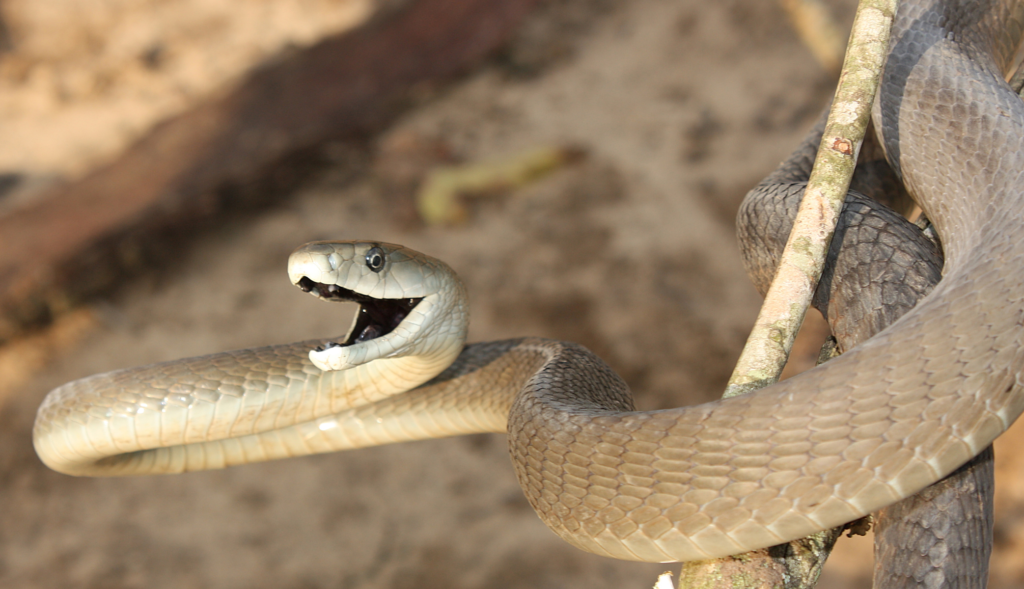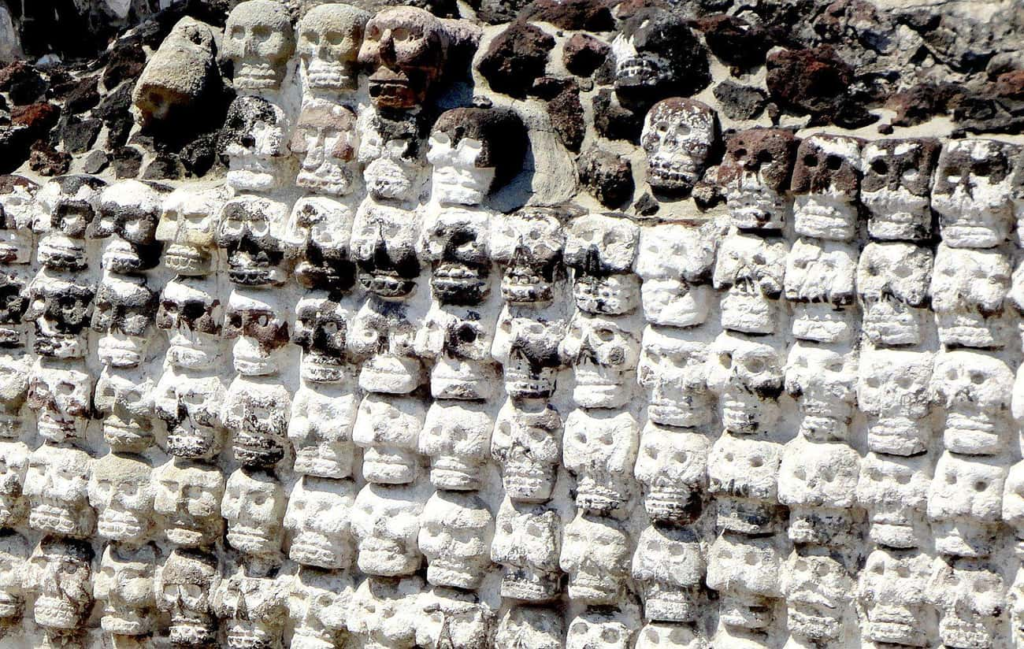Ever find out new unsettling facts and think, “Wish I never knew that“? Well, this weird and creepy collection might just give you that feeling. They’re morbid, freaky, but still pretty interesting. Keep reading if you dare!
The Gray Man

Albert Fish, infamously known as the “Gray Man” and the “Werewolf of Wysteria,” was a prolific serial killer and cannibal in the early 20th century. His heinous crimes included the abduction, torture, and murder of young children. With Fish admitting to at least five such killings. His depraved acts shocked the nation, and his trial revealed the extent of his sadistic tendencies, earning him a place in the annals of history as one of the most deranged criminals of his time. Not that’s an unsettling fact.
Birth after death

Coffin births, also known as postmortem fetal extrusion, occur when the gas buildup and pressure within a deceased pregnant woman’s body force the fetus out of the womb. This phenomenon, while rare, has been documented throughout history and can happen under specific conditions, such as a delay between the mother’s death and burial. While unsettling, coffin births serve as a reminder of the intricate physiological processes that persist even after death.
Read More: 50+ Intriguing World Facts You Need to Know
Happy Amongst The Radium

During the 1920s, a group of workers in radium dial factories, primarily young women, were employed to paint watch and clock dials with radium-based paint. They used a technique called “lip-pointing,” where they would shape the brushes with their lips to create fine points for painting. Unfortunately, they were unaware of the dangers of radium exposure. Many ingested or inhaled the radioactive material during their work. This led to horrific deaths from radiation poisoning, with symptoms including bone deterioration, anemia, and cancer. Their tragic fate contributed to significant changes in labor regulations and increased awareness of the dangers of radiation exposure in the workplace.
Mystery Meat – One Rather Unsettling Fact

In 1876, a bizarre incident in Kentucky witnessed chunks of meat raining down from the sky—puzzling locals and sparking speculation about its origin. Dubbed the “Kentucky Meat Shower,” the event remains a historical curiosity, with theories ranging from vultures regurgitating their meal mid-flight to the remnants of a cosmic event. Despite investigations, the true cause of this peculiar precipitation remains unresolved, leaving it as an enduring enigma in American folklore.
Self-Surgery

During an Antarctic expedition in 1961, Russian doctor Leonid Rogozov faced a life-threatening emergency when he developed severe abdominal pain due to appendicitis. With no access to immediate medical assistance, he made the courageous decision to perform an appendectomy on himself. Relying on local anesthesia and assistance from his team members. Despite the immense pain and challenging conditions, Rogozov successfully removed his appendix. Demonstrating remarkable resilience and medical skill in the most isolated and extreme environment on Earth.
Was He Doing The Planet A Favor?

Throughout his 21-year rule, Genghis Khan’s formidable armies caused the demise of as many as 40 million individuals. Despite the grim motives behind these massacres, the aftermath inadvertently led to a positive ecological outcome. With the absence of peasants to cultivate the land, nature was given a chance to reclaim it. Transforming it into lush forests capable of absorbing carbon. This natural process resulted in an estimated removal of 700 million tonnes of carbon from the atmosphere. A figure comparable to the annual carbon dioxide emissions from global petrol consumption!
Consequential Candy

Candy Dynamics’ Toxic Waste Nuclear Sludge Chew Bar, marketed for its extreme sourness, faced scrutiny in 2011 when California’s Department of Public Health discovered elevated lead levels. Specifically, 0.24 parts per million are in the cherry flavor. This finding prompted a mass recall due to the candy exceeding the FDA’s allowable limit of 0.1 parts per million of lead in consumable products, raising concerns about the safety of the treat and highlighting the importance of rigorous quality control in the food industry.
Unsettling Facts – Alien Lights

On October 21, 1978, pilot Frederick Valentich disappeared under mysterious circumstances while flying his Cessna 182L light aircraft from Moorabbin, Australia, to Kings Island. He radioed Melbourne Flight Service to report an unidentified aircraft flying above him with erratic movements and strange lights. His final transmission, “It isn’t an aircraft,” followed by a metallic noise, remains an enduring mystery, with Valentich and his plane vanishing without a trace, leaving behind a perplexing aviation enigma.
Read More: 20 Wild Facts About Alaska
A Tiger On A Manhunt

The Champawat Tiger, a Bengal tigress, was responsible for a series of attacks in Nepal and the Kumaon region of India at the turn of the 20th century. It’s estimated that this single tiger killed around 436 people. The tiger’s aggression was attributed to injuries that made hunting natural prey difficult, leading it to prey on humans. Its reign of terror eventually ended when it was killed by British hunter Jim Corbett in 1907. After which it became the subject of numerous books and documentaries detailing its notorious rampage.
A Doomsday Video

CNN’s pre-recorded broadcast, known as the “Turner Doomsday Video,” was commissioned by network founder Ted Turner before CNN’s launch in 1980. The video features a US Army band performing “Nearer My God, to Thee,” the same song famously played by the band on the Titanic as the ship sank in James Cameron’s film. This eerie choice reflects Turner’s vision for a broadcast to be aired in the event of an apocalyptic scenario, leaving a haunting legacy linked to both historical and cinematic representations of catastrophe.
Infanticide Between Dolphins

Male dolphins have been observed engaging in infanticidal behavior, targeting unrelated calves as a strategy to prompt the mothers to enter estrus sooner, thereby increasing their chances of mating success. This behavior, while uncommon, underscores the complex social dynamics and reproductive strategies within dolphin communities, where competition for mates and resources can lead to such aggressive tactics, ultimately shaping their evolutionary strategies and group dynamics.
Unsettling Facts – Human What?

Human remains were indeed used in various medical practices throughout history, including in traditional medicine and early modern European medicine. For example, human bones, blood, and other body parts were believed to possess medicinal properties and were used in treatments for various ailments. Additionally, anatomical dissections were performed for educational purposes, often using cadavers obtained through questionable means. However, the use of human remains in medicine began to decline significantly in the 19th and 20th centuries with the advancement of medical ethics, hygiene standards, and the development of alternative treatments and pharmaceuticals. Today, the use of human remains in medicine is highly regulated and primarily limited to specific medical research and educational purposes.
A Snake Wearing Sneakers

The black mamba (Dendroaspis polylepis) is renowned for its incredible speed, capable of reaching speeds of up to 12.5 miles per hour (20 kilometers per hour) when moving across the ground. This remarkable agility and swiftness make it one of the fastest snakes in the world, allowing it to swiftly hunt down prey or evade potential threats in its natural habitat across sub-Saharan Africa.
A Tower Of Unspeakable Terror

In 2015, archaeologists excavating in Mexico City made a startling discovery: an ancient tower comprised of over 600 human skulls. This structure, believed to have been constructed by the Aztecs, contains the remains of men, women, and children, some likely being ceremonial sacrifices. The ongoing excavation, continuing as of 2020, reveals further insights into Aztec rituals and the extent of human sacrifice in their society, shedding light on the complexities of Mesoamerican civilizations.
These Must Have Sent A Shiver Down Anyone’s Spine While Reading Them

A practice known as anthropodermic bibliopegy involved binding books in human skin. While relatively rare, there are documented cases of books being bound in human skin during the 18th and 19th centuries. These books were often created as curiosities, medical texts, or as a way to memorialize certain individuals. However, it’s essential to note that such practices are highly controversial and ethically questionable, and many contemporary institutions actively discourage or prohibit the possession or display of books bound in human skin.
Read More: 31 Rare Facts to Surprise Even the Most Knowledgeable

